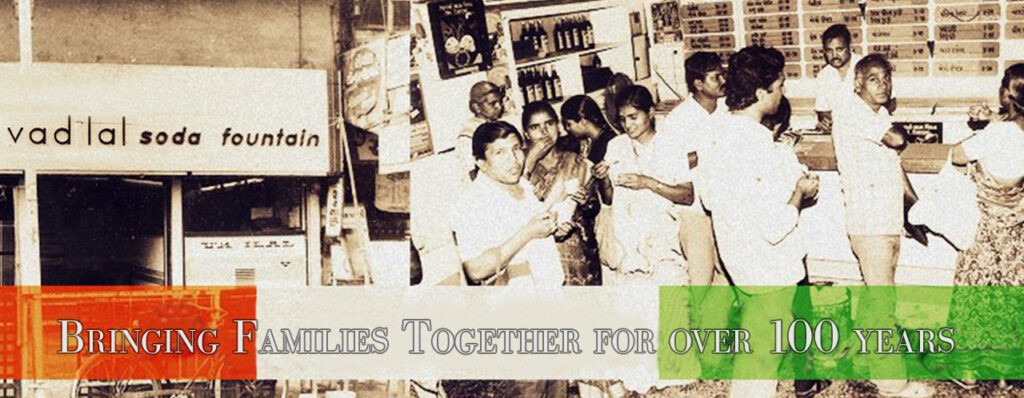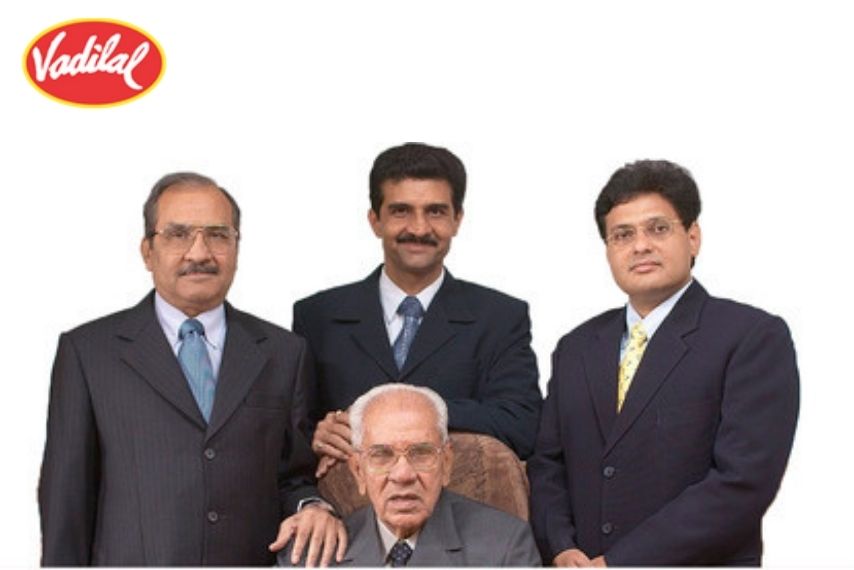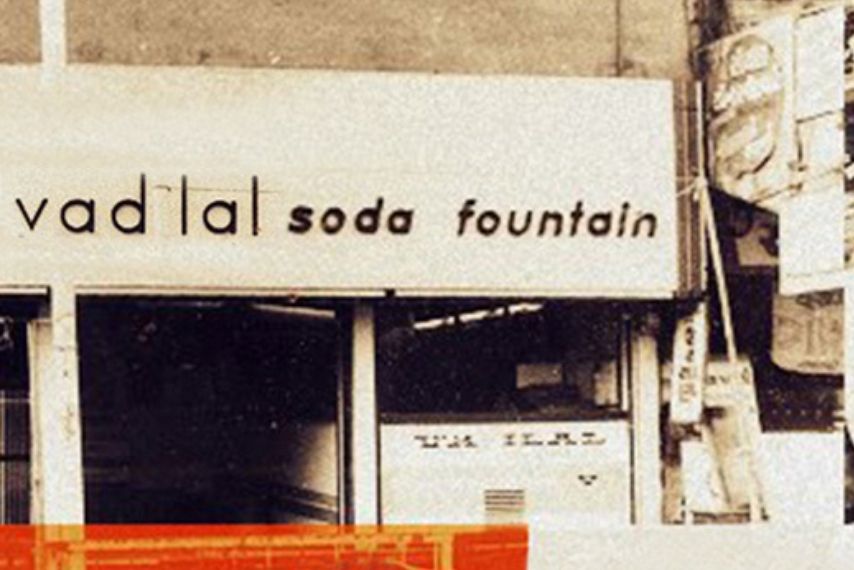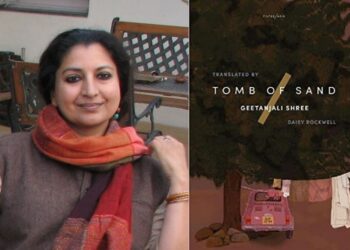Vadilal, a popular ice cream brand that began in Gujarat in 1907, long before India gained independence, is now a well-known brand all over the country.
Since it began with the traditional Kothi process, in which milk, ice, and salt are churned with a hand-operated machine, the company now offers clients over 200 different flavors of ice cream created at their state-of-the-art manufacturing facilities.
The Origin Story
Vadilal Gandhi, an Ahmedabad local, created the namesake company in 1907. He began by selling soda and gradually expanded to include ice cream. Ranchod Lal Gandhi, Vadilal Gandhi’s son, inherited this tiny but rapidly expanding firm.

Vadilal began to focus more on ice creams under Ranchod Lal Gandhi’s leadership. Vadilal established its first ice cream shop in 1926. In the same year, a machine for creating ice cream was imported from Germany for the first time. The company had four locations around the city by the time India gained independence. Vadilal had grown to ten stores in Ahmedabad by the early 1970s, when Ramchandra and Laxman Gandhi, sons of Ranchod Lal Gandhi, joined the firm.
Vadilal’s clients appear to have a pleasant and distinctive relationship with the company. One of its USPs was that all of its ice creams were 100% vegetarian and touted as being suitable for consumption even during religious fasting periods, indicating that the company had its finger on the pulse of its customers.
In 1985, the company began looking for opportunities for expansion in other states after it established its reputation in Gujarat. Four generations of the Gandhi family had joined the brand by the 1990s. This includes Ramchandra Gandhi’s three sons, Virendra, Rajesh, and Shailesh Gandhi, as well as Laxman Gandhi’s son Devanshu Gandhi.
Vadilal Industries Ltd was the company’s name when it was listed on the Bombay Stock Exchange (BSE) in 1990. A family split in the same year led to two names appearing on the BSE. Following a revenue of Rs 650 crores in the fiscal year 2019-20, the company remains optimistic about a higher revenue this fiscal year.

Keeping The Company ‘Green’
Kalpit Gandhi, the Chief Financial Officer (CFO), probably grew up hearing tales about the company’s growth and struggles. Vadilal has grown from a startup that sought to expand beyond Gujarat to a thriving export industry.
“The company forayed into the processed food industry and introduced Vadilal Quick Treat in the early 1990s,” he recalls. “Vadilal was the first Indian company to introduce frozen veggies to the American market in 1995.”
“Today, Vadilal is the best-selling Indian ice cream brand in the United States, and our brand is available in 45 countries,” he adds. While conducting business operations responsibly is important to the company, Kalpit adds with pride that they are also concerned about the environment and are working to safeguard it.
“It’s an absolute delight to work for a company that has so many firsts,” Kalpit says. Vadilal was the first ice cream company in India to introduce ice cream cones, and sundaes, as well as the first to set up a completely automated candy production line. In the 1950s, it also introduced Cassata ice cream and began offering home delivery of ice creams in specially designed thermos boxes.
Vadilal made the ‘World’s Largest Ice Cream Sundae’ in November 2001, which earned it a spot in the Limca Book of Records. 4,950 liters of ice cream, 125 kg of dry fruits, 255 kg of fresh fruits, and 390 liters of various sauces were used to make this ice cream sundae. This sundae was assembled in a record-breaking 60 minutes by 180 persons.
Demographics
While a 120 ml piece of their famed Cassata ice cream costs Rs 40, a family pack of Rajbhog flavor ice cream costs Rs 360 for 700 ml. The brand has made sure to cater to a variety of demographics, and they also have a premium ice cream line that starts at Rs 50 for a 140 ml tub of ice cream. And, despite the fact that Vadilal has been there for almost a century, they have kept up with the times. “We have always put our focus on marketing and keeping a close eye on consumer feedback,” Kalpit explains. While we use numerous social media outlets for promotion, we also need to maintain direct contact with our customers.”










